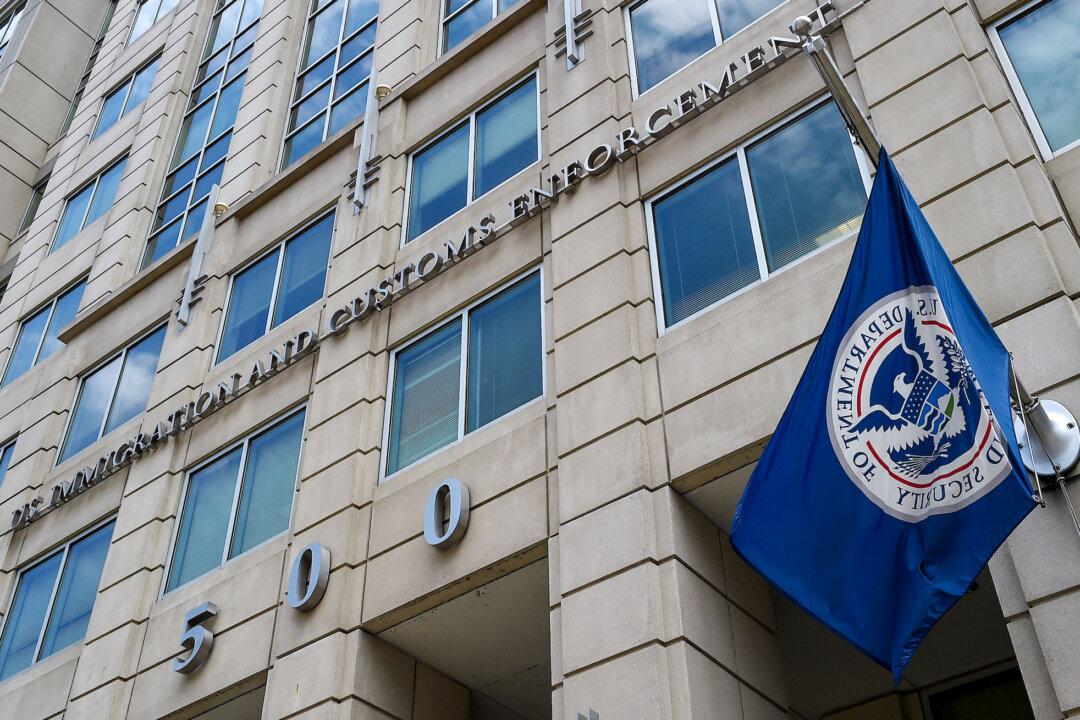U.S. private sector employment added 233,000 new positions in October, though the manufacturing sector shed jobs.
Private sector employment in the United States rose by a forecast-beating 233,000 jobs in October, according to payroll processor ADP, whose latest report suggests the labor market remains resilient despite headwinds from high interest rates, an ongoing manufacturing slump, and a sharp decline in job vacancies.
The jobs
report, released on Oct. 30 by America’s largest payrolls provider, provides a snapshot of the private sector labor market based on the payroll data of some 25 million U.S. employees. Traders often see it as a harbinger of U.S. government job creation data, usually published two days later by the Bureau of Labor Statistics (BLS), although there are months where the discrepancy between the two reports is high.
Economists polled by Reuters predicted private employment would increase by 114,000 positions in October, with the 233,000 job creation figure cited by ADP representing an upside surprise.
“As we round out the year, hiring in the U.S. is proving to be robust and broadly resilient,” Nela Richardson, chief economist at ADP, said in a statement.
However, the ADP report shows patches of weakness.
The pace of wage growth dropped for the second consecutive month to 4.6 percent year over year, and the manufacturing sector shed 19,000 jobs.
America’s manufacturing remains mired in weakness, according to various data points, including the latest BLS jobs
report at the beginning of October, which showed 7,000 manufacturing jobs disappearing, as well as the latest S&P Global Flash US Composite PMI
report, which showed employment in both services and manufacturing falling for the third straight month in October, led by headcount reductions in the nation’s factories.
The S&P Global report also showed manufacturing output contracting for the third straight month in October, while recent reports from the Federal Reserve and the U.S. Census Bureau
showed a bigger-than-expected drop in factory orders. Most of the Fed’s 12 districts
reported declining manufacturing activity and industrial output
falling more sharply than forecasters predicted.
The ongoing slump in U.S. manufacturing has become a key issue on the presidential campaign trail, with both former President Donald Trump and Vice President Kamala Harris putting forward plans to revive the sector.
Meanwhile, when the BLS reports its job creation data on Nov. 1, analysts
expect to see 123,000 jobs created across both the private and government sectors in October, a marked decline from the 254,000 notched in September. The job creation data for September could also be revised downward in the upcoming report, with such revisions not uncommon. Over the 12-month period between April 2023 and March 2024, BLS
overcounted the number of jobs created by 818,000, or around 30 percent, including 115,000 fewer manufacturing jobs.
Some analysts have grown more skeptical of the job creation numbers reported by the government.
Nancy Tengler, CEO and chief investment officer of Laffer Tengler Investments, said in a
recent note that the monthly employment numbers have been “unreliable and subject to dramatic revision,” so she recommends paying more attention to long-term economic trends and data.
James Knightley, the chief international economist at ING, wrote in a research
note that the BLS’s latest downward revision represented a 0.5 percentage point error on payroll gains, five times greater than the 10-year historical average of 0.1 percentage point.
“Last year they were out by 0.2 pp [percentage points], requiring a 306k downward revision, so today’s announced change is a big error and suggests there are some clear issues regarding some of the assumptions the BLS uses to complement its surveys of U.S. businesses,” Knightley wrote.
Further, while consumer confidence
jumped to a nine-month high in October, largely on optimism in the labor market and the direction of the economy following the presidential election, the latest Job Openings and Labor Turnover Summary (JOLTS)
report showed that the number of job openings declined by 418,000 to 7.44 million in September, the lowest since January 2021. Also, the number of employees voluntarily quitting their jobs fell to its lowest point since August 2020, per the JOLTS report, which suggests less confidence among workers in their ability to find a better job.
In a separate
note analyzing the JOLTS report, Knightley suggested that the plunging quits rate points to greater worker caution on the jobs market, with the potential to weigh on consumer spending.
“The concern is that if this momentum continues and workers start to fear that their own job is looking less secure, then they could start to change spending patterns,” he wrote, adding that if consumers quickly pull back on their spending—which is a key driver of the U.S. economy—then the so-called soft landing narrative could give way to one of recession.







